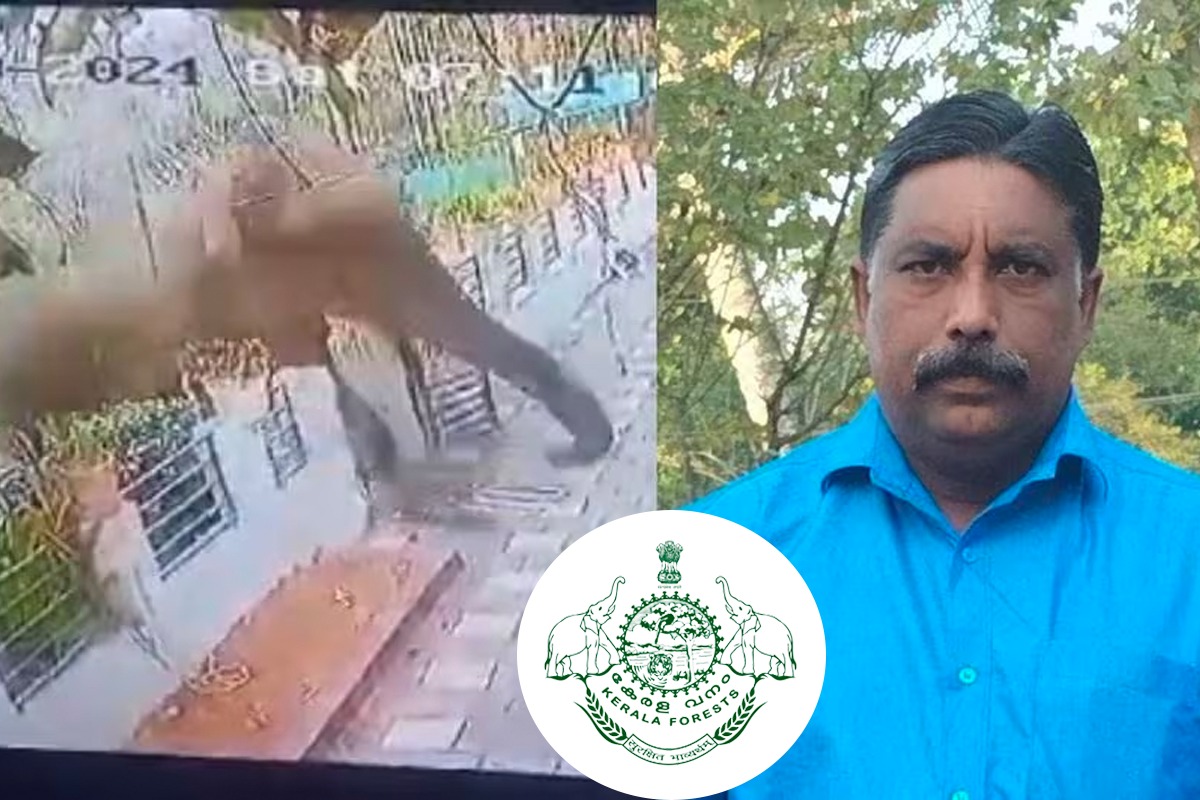The recent tragic incident in Wayanad, Kerala, where a wild elephant claimed the life of a farmer, highlights the urgent need to address the complex issue of human-wildlife conflict (HWC). This incident, along with countless others occurring across the country, underscores the profound impact of HWC on both humans and wildlife and the imperative for comprehensive solutions to mitigate its devastating consequences.
HWC, characterized by negative interactions between humans and wildlife resulting in social, economic, and environmental repercussions, poses a significant challenge in India, a country known for its rich biodiversity and dense human population. From elephants and tigers to leopards and bears, various species regularly encroach into human habitats in search of resources, leading to conflicts that often turn fatal.
The underlying causes of HWC are manifold and interconnected. Habitat loss and fragmentation due to human encroachment into natural areas, exacerbated by climate change-induced disruptions, force wildlife to venture into human-dominated landscapes in search of sustenance. Additionally, human behaviour and attitudes, including illegal activities such as poaching and encroachment, further escalate conflicts and hinder conservation efforts.
The consequences of HWC are dire, resulting in loss of life, livelihoods, and biodiversity. Families are left devastated by tragic incidents, while wildlife populations face increasing threats to their survival. Furthermore, HWC erodes the traditional values of coexistence and harmony between humans and wildlife, fueling animosity and conflict instead.
Addressing HWC requires a multifaceted approach that balances the needs of both humans and wildlife. Habitat restoration and protection initiatives, such as Project Elephant, are crucial for ensuring the availability of natural habitats and migratory corridors for wildlife. Similarly, promoting human-wildlife coexistence through education, awareness, and compensation schemes can foster empathy and tolerance towards wildlife among local communities.
Preventive measures, including the use of technology for early warning systems and conflict mitigation strategies, are essential for reducing the frequency and intensity of HWC incidents. Moreover, collaboration between government agencies, conservation organizations, and local communities is paramount for implementing sustainable solutions and ensuring their effectiveness on the ground.
Ultimately, the tragedy of human-wildlife conflict is not inevitable, but preventable. By recognizing the interconnectedness of all life forms and embracing a culture of coexistence and harmony, we can create a future where humans and wildlife thrive together. It is incumbent upon us to act decisively and collectively to bridge the divide between humans and wildlife, paving the way for a more sustainable and compassionate coexistence on our shared planet.

